What’s the Difference Between a Bandana and a Durag?
Regarding headwear, bandanas and durags are often referred to jointly because of their similar appearance. Still, they have different histories, uses, and cultural connotations. This post clearly and simply investigates various variations, thereby guiding your understanding of the functions of each and how best to choose the one for your requirements.
Historical and Cultural Significance
Bandanas
Originally from the Hindi term “bandana,” meaning “to tie,” bandanas have a lengthy history. First appealing to cowboys and soldiers in the 19th century, they provided helpful defence against dust and perspiration. Bandanas changed throughout time into fashion statements, especially in punk rock and hip-hop subcultures. Beyond their original practical use, they now represent emblems of defiance and flair.
Research Insight: The African American Review claims that Durags, which reflect both fashion and cultural legacy, is firmly ingrained in hip-hop culture.
Durags
Short for “durable rag,” the durag has more modern background. During the 20th century, it became well-known in the African-American community as a means of preserving hairstyles. Hip-hop culture has grown inextricably around durags, which represent both ethnic pride and personal flair. Many people’s fashion identity revolves on them as they enable to maintain hairstyles like waves and braids in place.
Research Insight: The African American Review highlights that durags are deeply rooted in hip-hop culture, serving as a symbol of both fashion and cultural pride.
Material and Design
Bandanas
Bandanas are usually made from cotton or polyester. They are designed as versatile, square or triangular pieces of cloth. Their design allows them to be fastened around the head, neck, or wrist in many ways, serving varied uses.
- Objects: Common comforts and breathability come from cotton and polyester.
- Design: Typically square, bandanas can be styled in many ways for both practical and fashion purposes.
Pros:
- Versatility: Might be used for many purposes and in several fashions.
- Affordability: Usually quite cheap and easily found.
Cons:
- Limited Hair Care: They are not specifically designed to maintain hairstyles.
Durags
Made from silk or satin, Durags are selected for their silky texture and moisture-retaining qualities. Their long ties at the rear fit tightly on the head, ensuring they remain in place.
- Supplies: Helping to keep hair hydration and reduce frizz, silk and satin also.
- Design: The snug fit and long ties make durags ideal for hair care.
Pros:
- Effective Hair Care: Locks in moisture and lowers frizz, therefore helping to keep hairstyles.
- Moisture Retention: Maintains healthy and moisturised hair.
Cons:
- Cost: Generally more expensive than bandanas.
- Specialized Use: Primarily for hair care rather than general fashion.
Insight: Durags offer specific benefits for hair care that bandanas do not, including improved moisture retention and reduced hair breakage.
Functional Comparison
Hair Care and Styling
Bandanas: Although bandanas are a fashion item and help to protect your hair, they are not meant to keep certain haircuts. They are useful for keeping hair out of your face but lack the features needed for effective hair care.
Durags: Durags are designed with hair care in mind. They provide:
- Moisture Retention: The smooth fabric helps keep your hair hydrated and healthy.
- Hair Compression: Essential for maintaining hairstyles like waves or braids.
- Friction Reduction: Less friction against pillows helps minimise hair damage.
Research Insight: Because durags hold in moisture and minimise friction, the American Academy of Dermatology notes they are good for maintaining hairstyles.
Fashion and Versatility
- Bandanas: Bandanas, which are so flexible, may be worn in many fashion settings and dressed in many ways.
- Durags: Durags are less flexible than bandanas in daily use even if they have evolved into a fashion statement in certain countries.
Insight: Bandanas offer more flexibility in terms of fashion and style, while durags are specialized for hair care and cultural expression.
Read Previous – How to wash velvet durag
Can a Bandana Replace a Durag?
Using a bandana as a substitute for a durag is not ideal, especially if you are focused on hair care. Here’s why:
- Fit and Compression: Bandanas do not offer the same level of compression as durags. The snug fit of a durag is essential for maintaining specific hairstyles.
- Material Differences: Bandanas made from cotton or polyester do not provide the moisture retention benefits of durags made from silk or satin.
Insight: For maintaining hairstyles and protecting hair health, durags are a better choice than bandanas.
Alternatives to Durags
If you want substitutes for durags for hair care, give them some thought:
- Silk or Satin Bonnets: These preserve hair over night and help keep moisture.
- Satin Head Scarves: Great for maintaining hair free of frizz and silky all day.
- Silk pillows: As you sleep, it helps maintain hair that is healthy and free from damage.
Insight: Silk and satin alternatives can offer similar benefits for hair care and are worth considering if durags are not preferred.
Cultural and Fashion Impact
Both bandanas and durags have made significant contributions to their respective cultures:
- Bandanas: Originally a useful tool, bandanas have evolved into symbols of many subcultures and fashion trends, signifying revolt and personal style.
- Durags: Essential to hip-hop culture, durags represent cultural pride and have evolved into a major component of fashion and identity among African-American populations.
Insight: Bandanas and durags each hold important cultural significance, reflecting their unique roles in history and modern style.
Conclusion
Bandanas and durags have various uses even if, at first look, they appear to be identical. Designed especially for hair care, durags provide necessary moisture retention and hair compression that help to preserve hairstyles. Conversely, bandanas are adaptable fashion accents that fit various purposes, from utilitarian to fashionable.
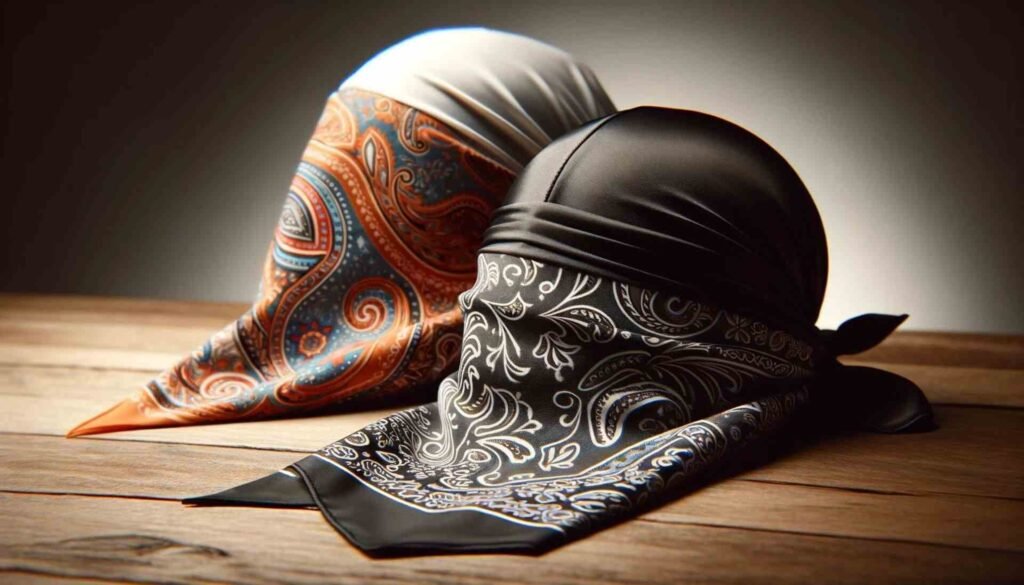
Knowing these variations for fashion or hair care will enable you to choose the appropriate hat for your requirements. While bandanas provide more fashion flexibility, buying in a durag is the most sensible option if keeping hairstyles is vital.
FAQs
What’s the primary difference between a bandana and a durag?
While durags are especially made to preserve and protect hairstyles, therefore offering moisture retention and hair compression, bandanas are flexible cloths used for many reasons, including fashion and function.
Can a bandana be used as a substitute for a durag?
While a bandana can serve some purposes, it does not offer the same level of hair care benefits as a durag. Durags are designed to provide better moisture retention and hair compression.
Why are durags made from silk or satin?
Because silk or satin helps retain moisture, lower frizz, and minimize hair breakage all of which are essential for preserving hairstyles, durags are fashioned from these fabrics.
Are there alternatives to durags for hair care?
Yes, alternatives assist preserve moisture and protect hair include silk or satin bonnets, head scarves, and silk pillows.
How did durags become a cultural symbol?
Adopted in hip-hop culture, where they reflect personal style and cultural pride, durags evolved into a cultural emblem. For many of the African-American population, they define their fashion and identity.
Stay connected and updated with – Duragsguides.com!
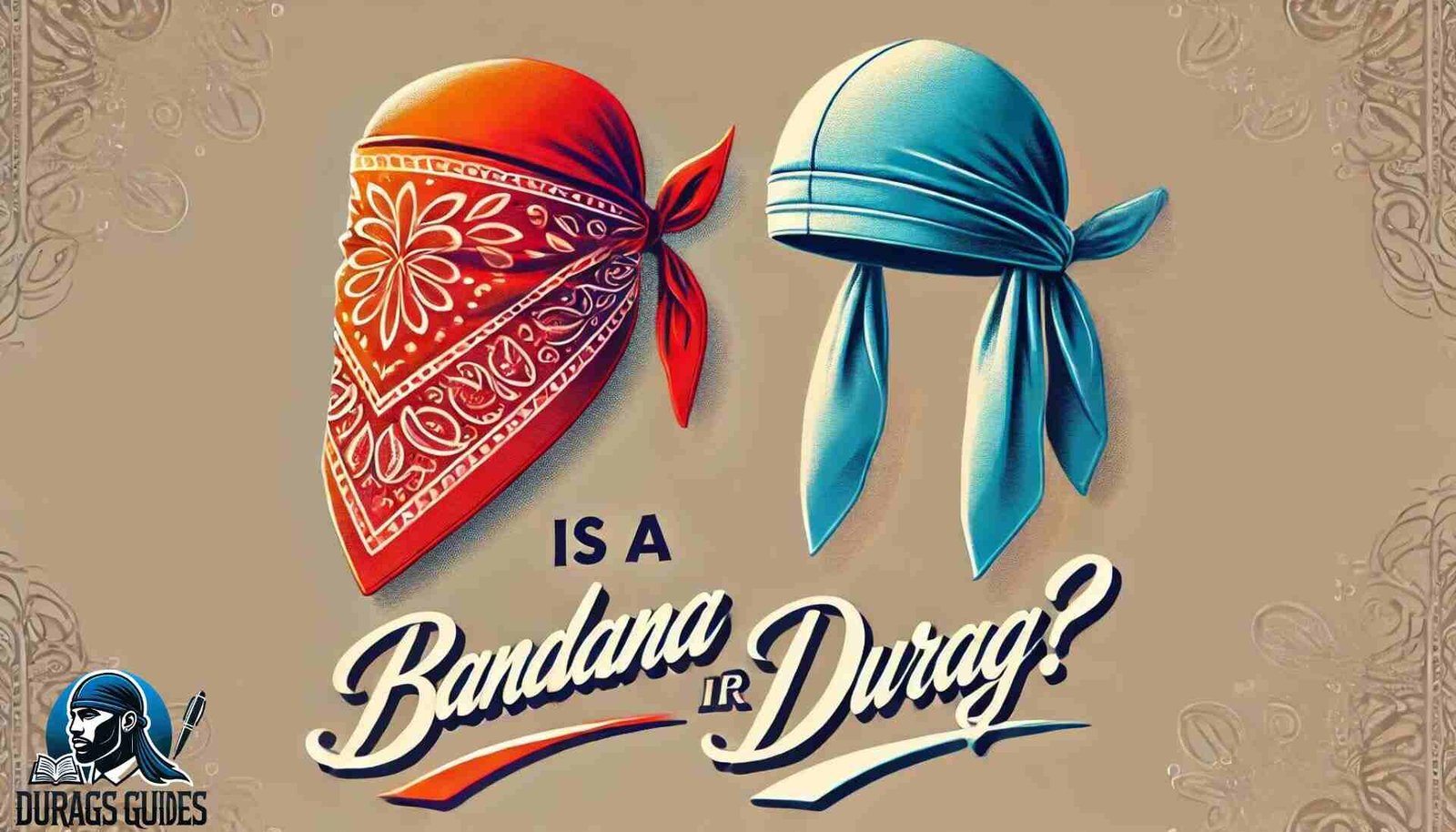

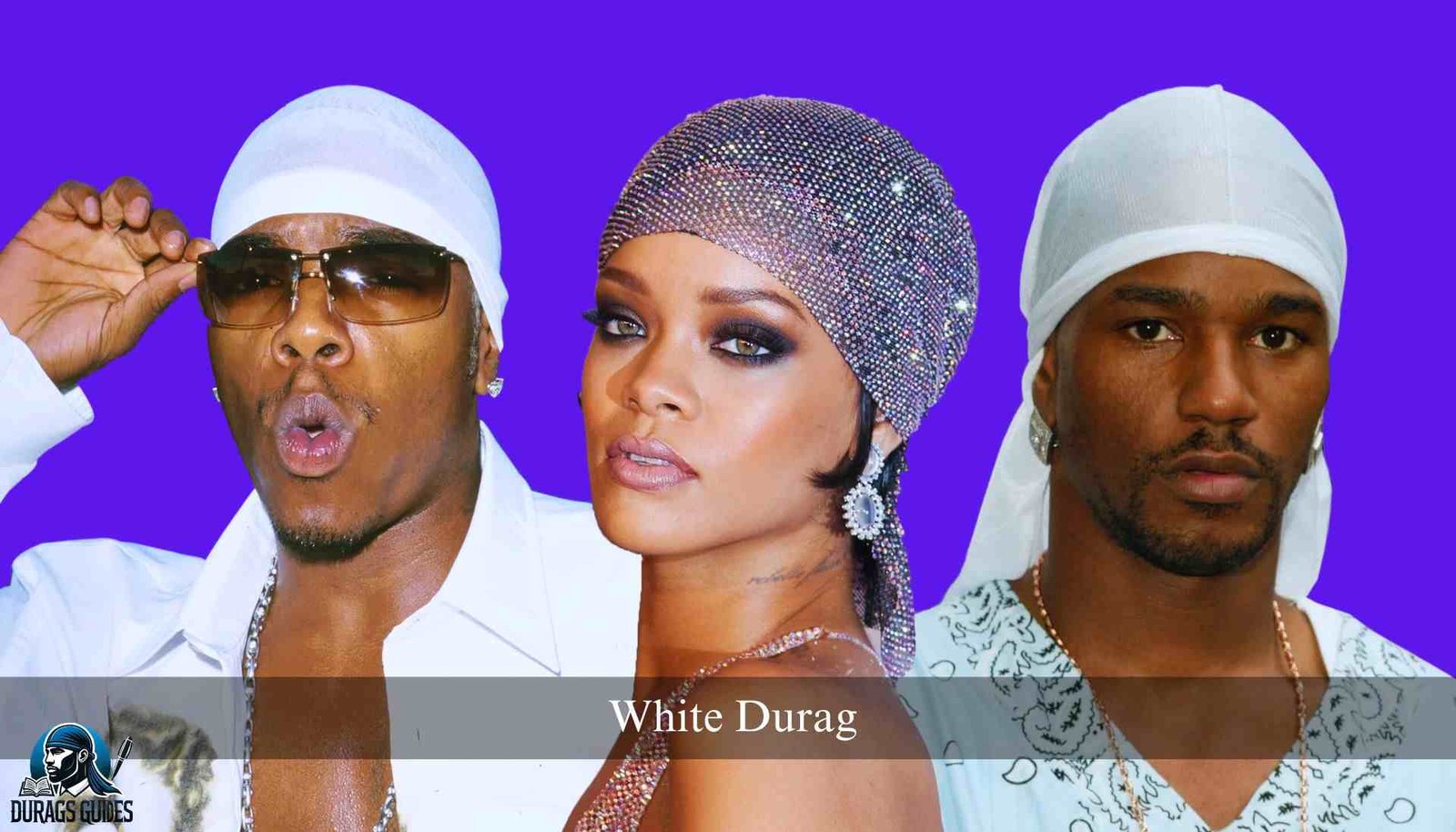
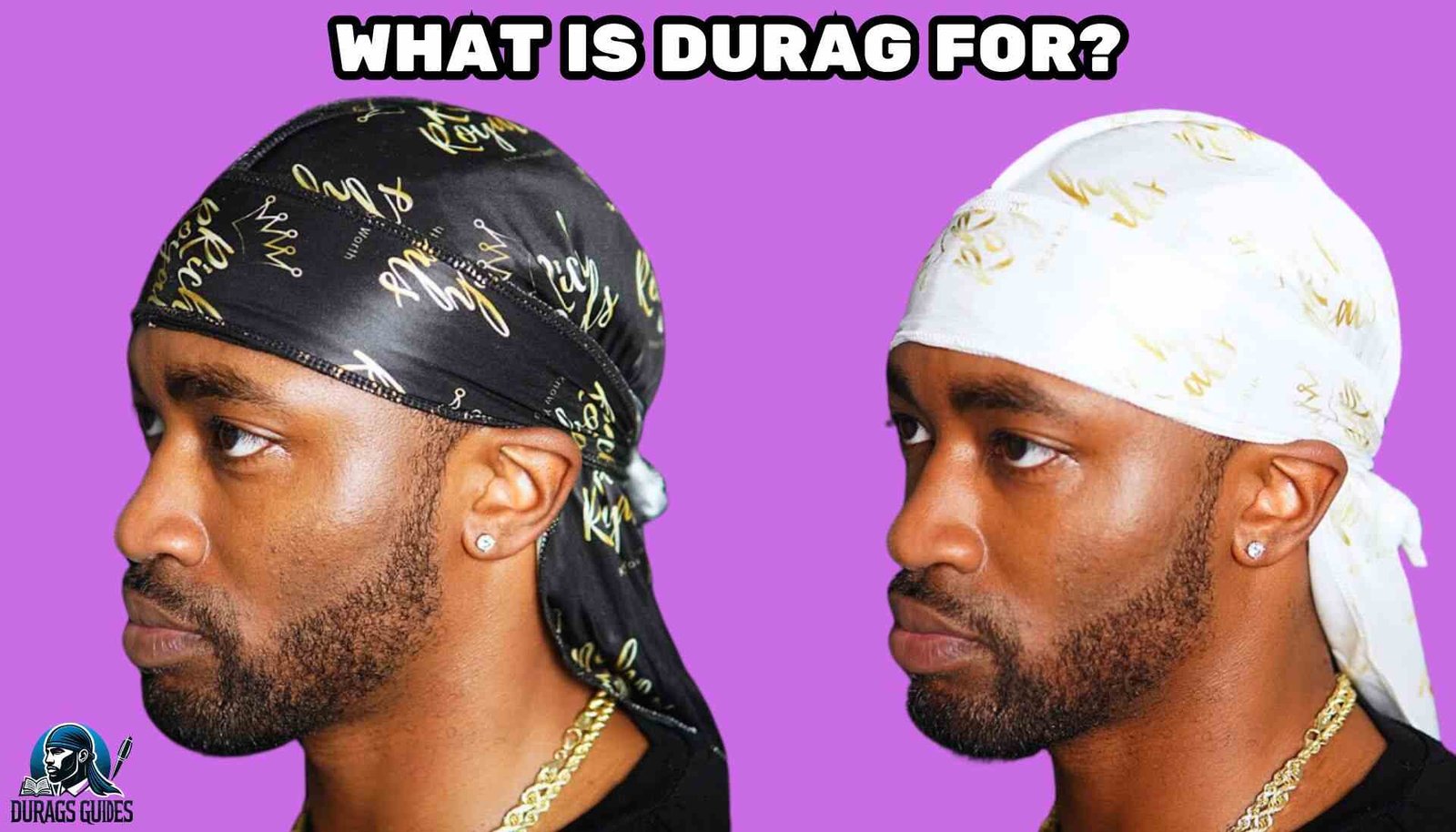


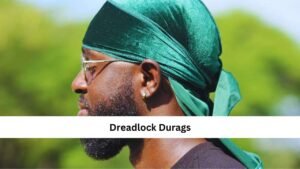
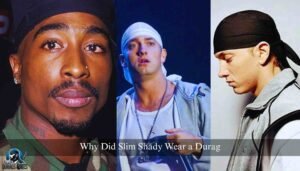
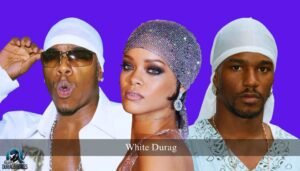



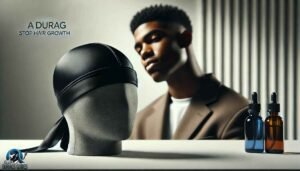

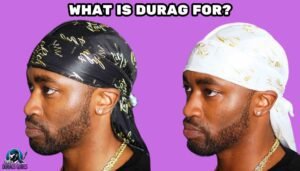
Post Comment